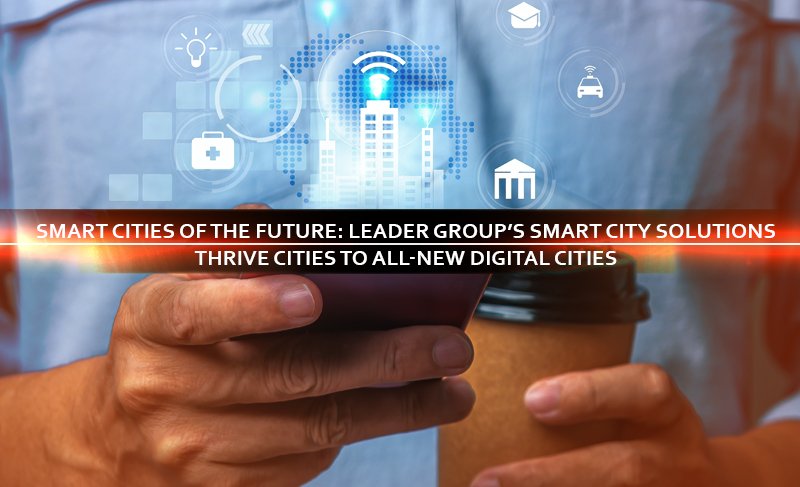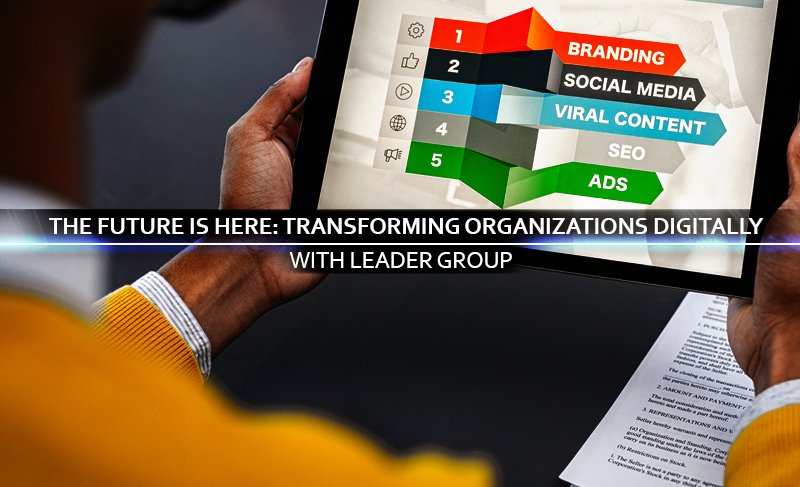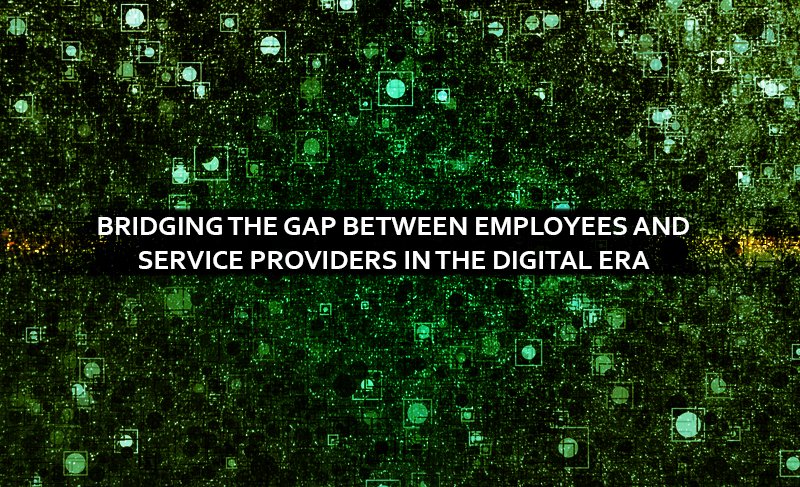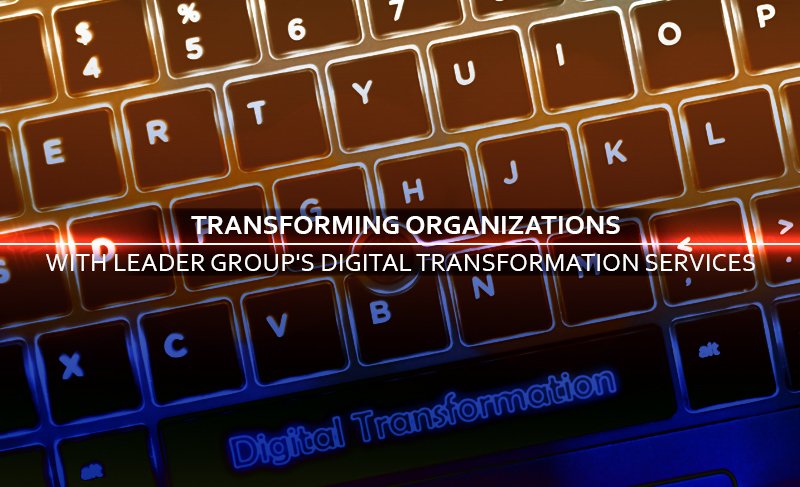“Digitization and Digitalization not just transform the organizations’ business practices digitally but also leverage on the emerging technologies to achieve a digitally transformed business environment.”
Businesses are undergoing change, evolving continuously, and experiencing digital disruption to cope with the existing crisis and adapt to digital transformation and survive longer.
Organizations face technological disruption, change business practices, and develop evolved innovative BCPs (Business Continuity Plans) to deal with the current uncertainty and prepare for the unprecedented uncertainties that might emerge in the future.
Digitization and digitalization get used interchangeably in organizations.
Digitization refers to the phenomenon of converting business practices into digital processes using digital tools.
Digitalization is the overall transformation of the b business practices into digital ones.
As they call it, Industrial Revolution 4.0 or Industry 4.0 is an all-new Digital Revolution that has evolved since the Covid-19 pandemic has emerged.
As digitization and digitalization shape the industry dramatically, organizations are undergoing digital changes.
Digital changes are achieved by adapting to new and innovative business practices and gaining competitive advantages.
Digital Transformation – The Future Ahead:
Nothing is denying the fact that the future is all about digital. The digital business practices, the digital tools, the digital processes will rule the businesses across the industries.
Digitization and Digitalization focus on converting your non-digital business practices into digital ones by using digital tools; enhancing the power of data, and enabling the business units to go digital by leveraging upon digital transformation.
Right from manufacturing, retail, distribution to services, healthcare, and agriculture, digital tools have increased in the last five years.
Furthermore, the emergence of the pandemic has made businesses adapt to digital tools and digital practices even quicker than earlier.
According to a recent survey, eight out of ten respondents have reported switching to digital practices.
It infers that at least 80% of the organizations are undergoing digitization and digitalization to remain business competent in the market.
Everything is digitized.
From the data center solutions; which transform organizations’ data center design to be scalable and resilient, to the rising demands of smart city solutions that help cities make decisions; digital transformation is everywhere.
Whether it the B2B businesses or the businesses are catering to B2C clients; the digital transformation takes care of every business practice by digitally transforming the critical business units.
Change is not limited to any department or division; instead, change takes place at all levels in any organization.
When we talk about the digital transformation of business practices; it includes the key business areas and the people involved in the process.
The employees, the business heads, the upper management, the clients, and all the remaining stakeholders all create an entire ecosystem of the business practices that evolve and emerge the organizations in one way or the other.
Business activities such as investing in the digital tools; complying with the government’s compliance, taking on the governance models, and risk-mitigating measures, the onus lies on the very framework of the digital practices.
Digitization and Digitalization – Key areas to Focus:
Understanding Customer Experience:
While the business managers define the business strategies, customers determine the roadmap that leads to a specific strategy.
Understanding the customer journey by assessing the customer behavior enables the organizations to define the required capabilities in the business functions.
Assessing these capabilities enables companies to take a holistic approach to each initiative, considering the necessary change.
For instance: A supply chain process may design initiatives to minimize the delivery costs paid by the customers, which every customer wants; but the improper infrastructure to digitize the supply chain process would lead to poor customer experience.
Attaining the customer experience by exceeding their expectation is something that not only helps the customers but also enables the organizations to retain the customers.
Assessing Change Management:
Due to Digitization and Digitalization, organizations have undergone disruption, resulting in change management.
While a few organizations are still vulnerable to adapting to digital tools and undergoing digital change; a few still suspect the new data-driven approaches to derive business strategies and decisions.
To deliver an enhanced change management process, the organizations must engage the stakeholders in the processes that undertake the digital transformations as their core goal creating an impact assessment across the overall value chain of the business.
Unveiling the power of Digital tools:
Digitization and Digitalization are all about leveraging the digital tools and deriving actions by gaining insights.
But also about leveraging the power of the digital tools.
These digital tools can be digital emerging technologies such as AI, Blockchain, IoT; and the derivatives that form the base of the business ecosystem.
At times, the organizations’ strategies to focus only on the digital tools lead to unrealized potential of the digital tools’ power that results in the ambiguities of the business processes.
Conclusion:
Digital is here to stay.
Instead, digitization of business processes is the new normal way to perform business activities and achieve desired business goals.
However, the challenges to adapt to digital practices are numerous.
Therefore, understanding the customer behavior and the very nature of the businesses; implementing the improved & innovative business plans is the way to leverage the emerging technologies, digital tools and enables an overall digital business environment.








